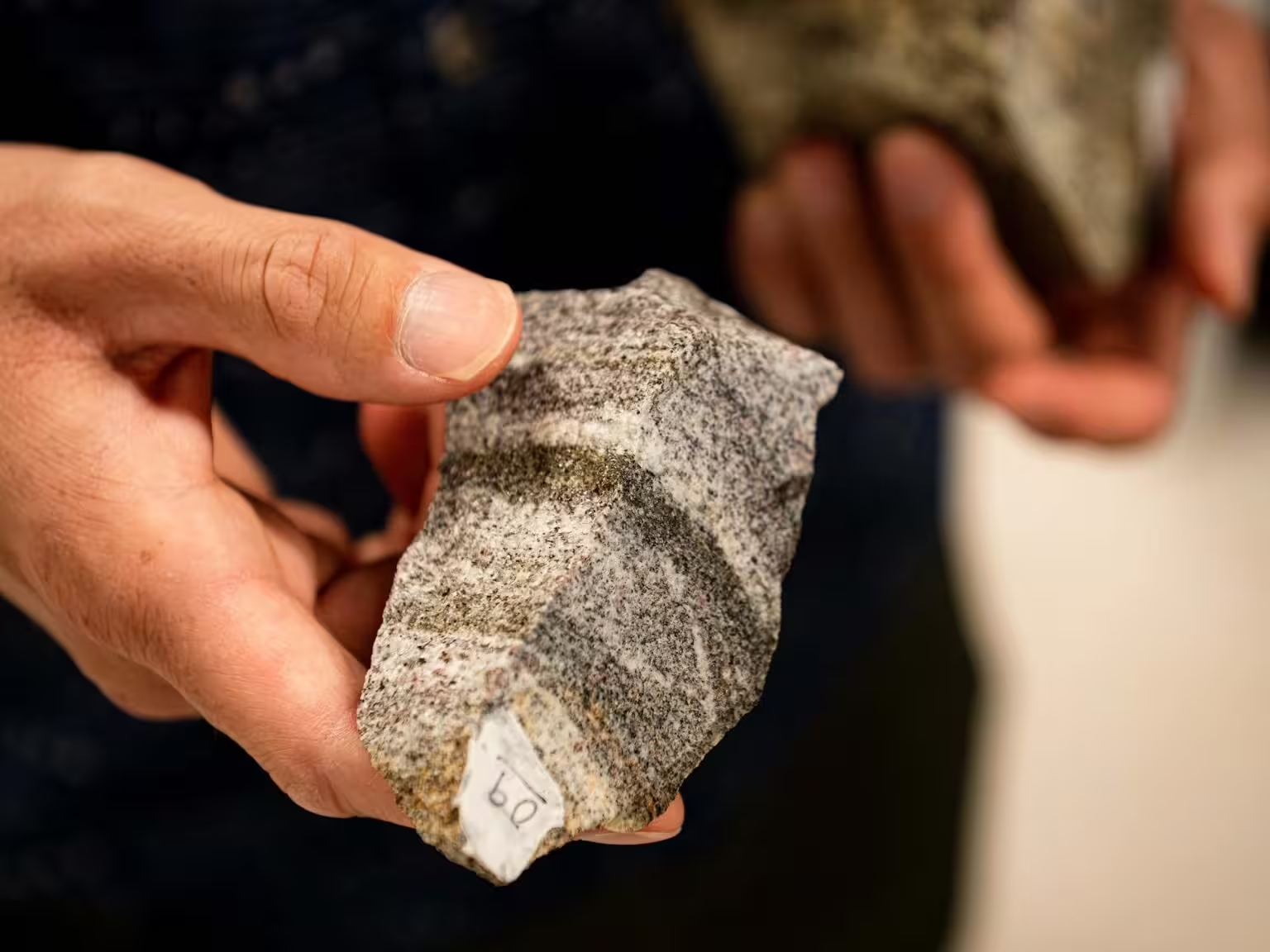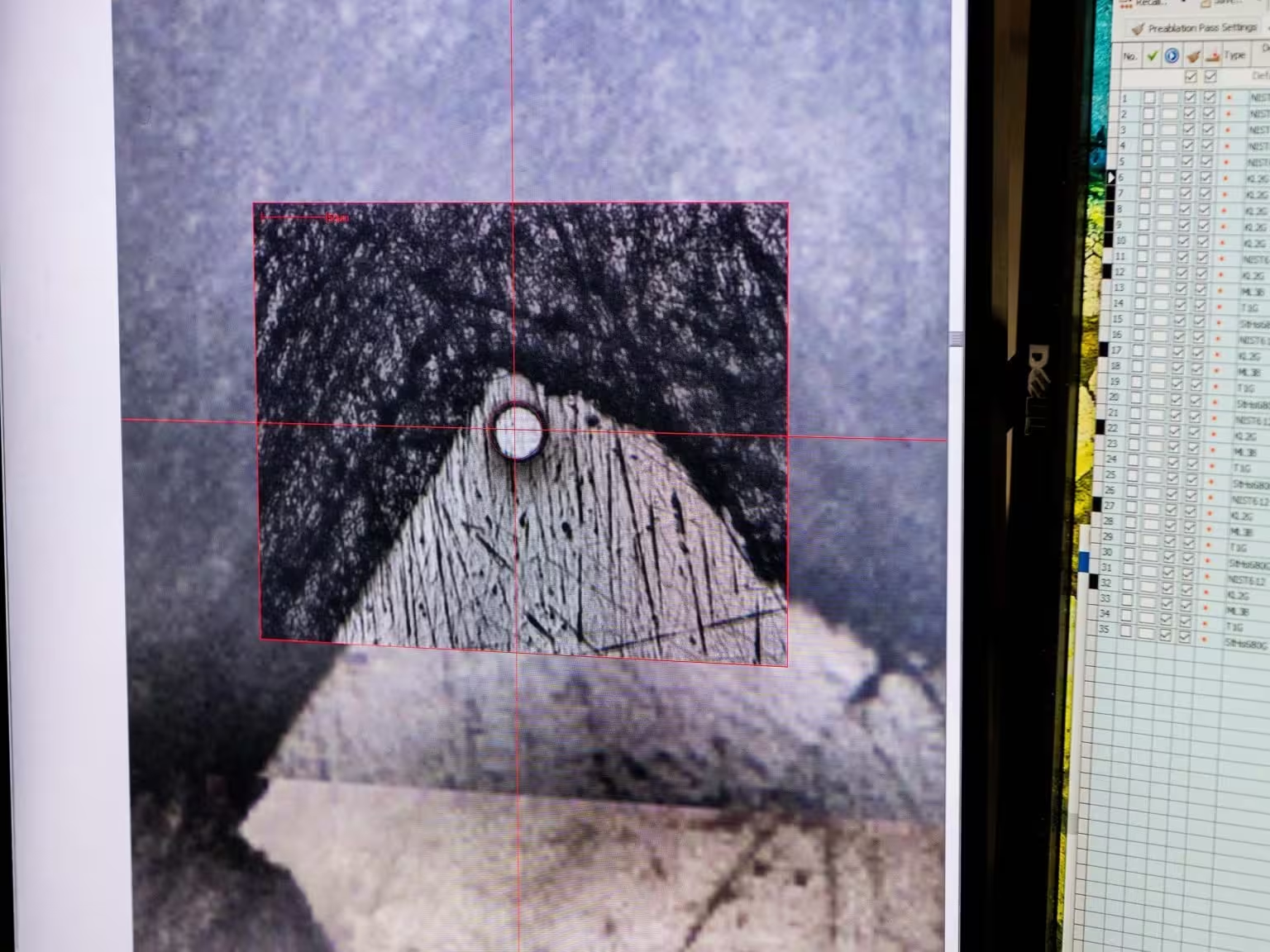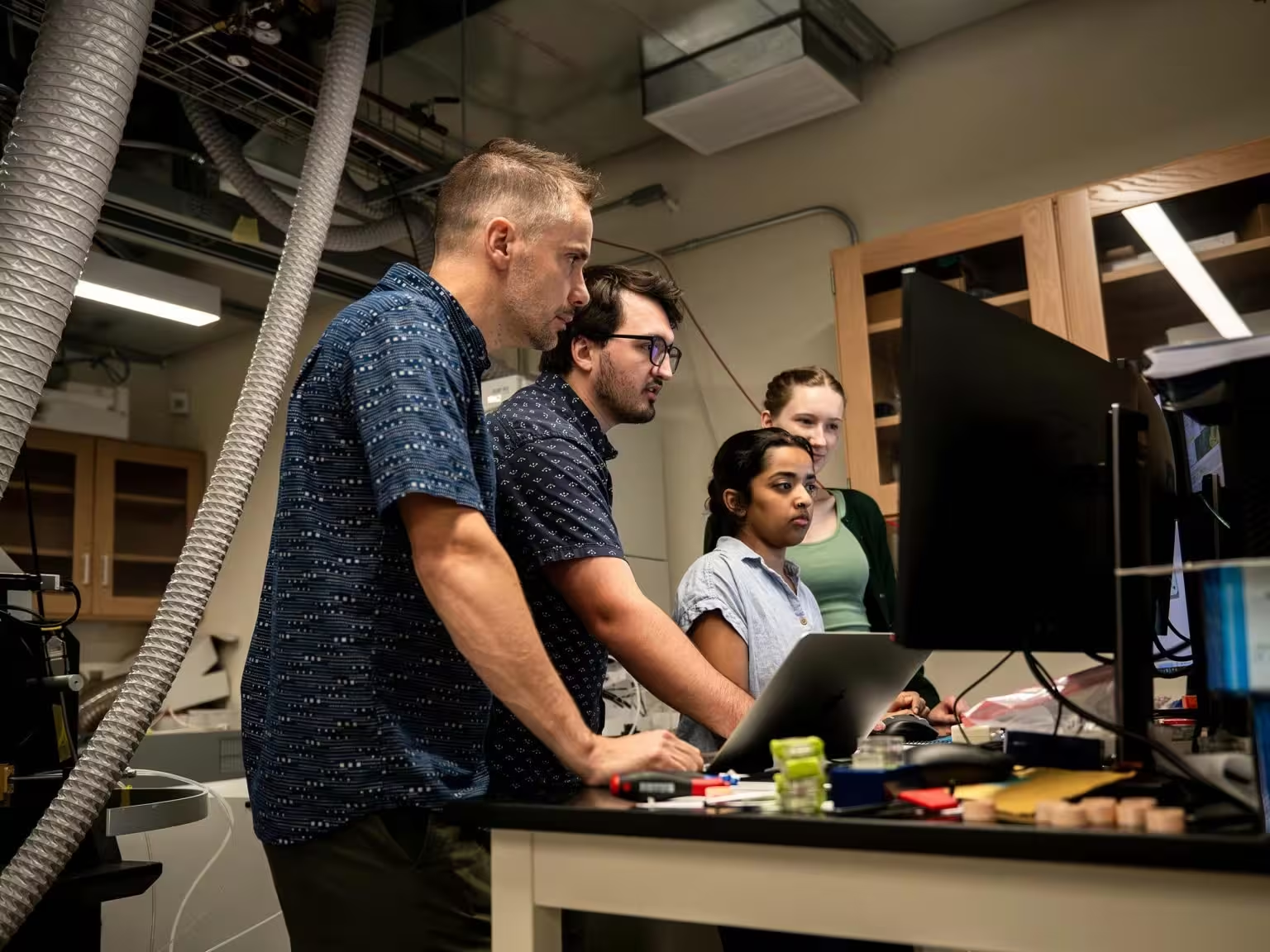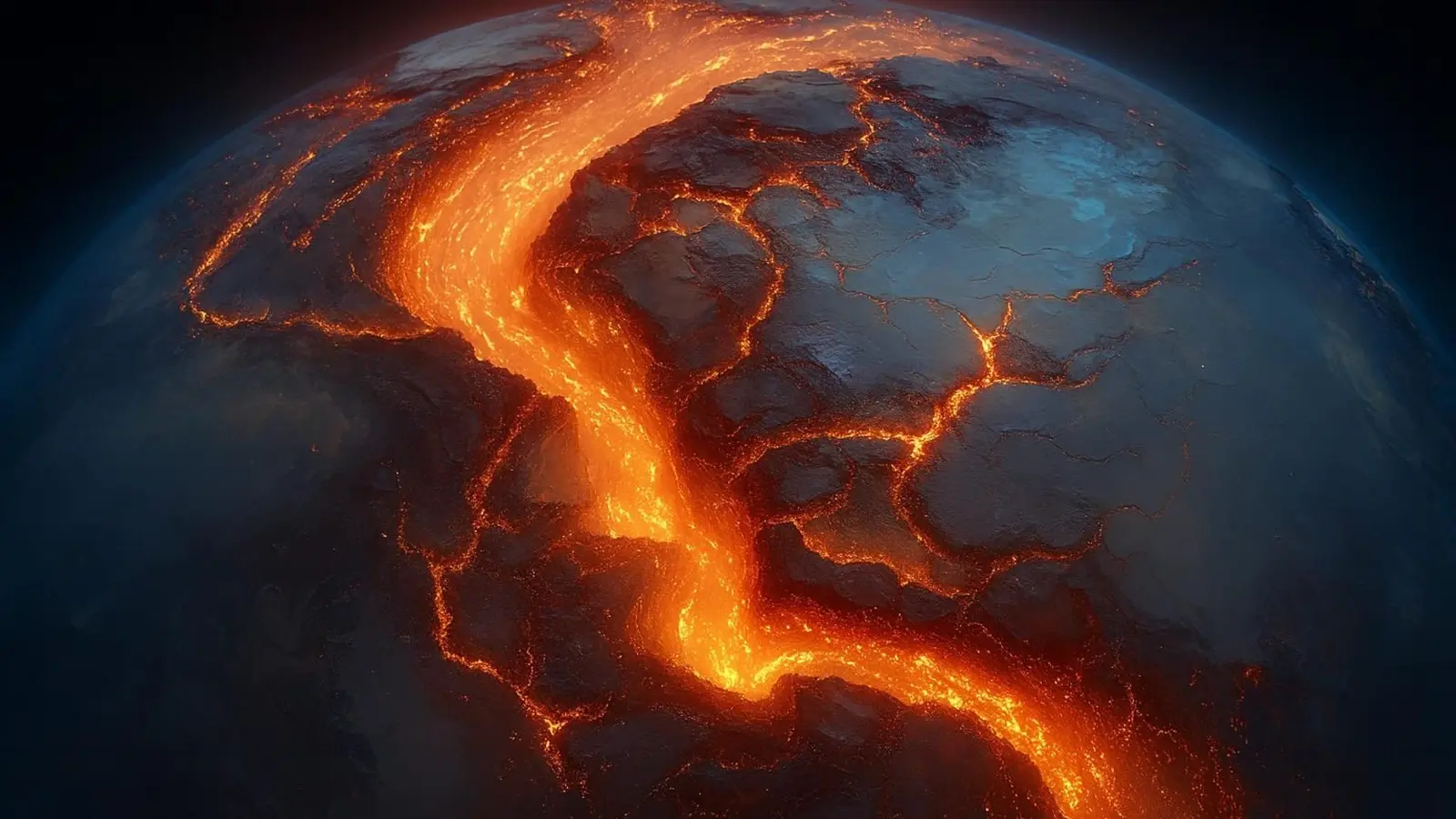8 Minutes
Billions of years ago, Earth’s continents were reshaped not by slow cooling alone but by blistering temperatures that transformed the planet’s lower crust. New geochemical detective work shows ultrahigh heat mobilized radioactive elements and hardened the continental roots, creating the long-lived platforms that support mountains, ecosystems and — eventually — life.
Turning up the planetary furnace: the core idea
Scientists from Penn State and Columbia University have identified a clear mechanism that explains why continental crust became so stable. Published in Nature Geoscience on October 13, the study argues that temperatures in the lower crust had to exceed about 900 °C — far hotter than many previous models assumed. At those ultrahigh temperatures, heat-producing elements such as uranium and thorium were driven upward. Their upward migration carried heat out of the deep crust as these elements decayed near shallower levels, enabling the lower crust to cool, solidify and resist later melting.

A new study of the chemical components of rocks led by researchers at Penn State and Columbia University provides the clearest evidence yet for how Earth’s continents became and remained so stable — and the key ingredient is heat. Credit: Jaydyn Isiminger / Penn State
What the rocks reveal: methods and metamorphism
The team combined fresh field samples with decades of published geochemical data. They examined hundreds of whole-rock analyses from metasedimentary and metaigneous rocks — rock types that largely compose the deep continental crust — and sorted samples by their peak metamorphic temperatures. Metamorphic peak temperature is the highest temperature a rock reaches during burial and deformation while remaining essentially solid; it leaves chemical fingerprints that can be read millions to billions of years later.
Samples came from disparate mountain belts, including the Alps and exposures in the southwestern United States, providing a geographically broad test. Across these regions the researchers found a striking pattern: rocks that had experienced ultrahigh-temperature (UHT) metamorphism above ~900 °C consistently contained much lower uranium and thorium concentrations than rocks metamorphosed at lower temperatures. That systematic depletion of heat-producing elements implies a process that physically moved them toward the surface during intense heating.
Why temperature matters: the physics of forging continents
Most mineral melting in crustal rocks begins around 650 °C. But reaching 900 °C requires a different energy budget and a rethinking of the crustal thermal gradient. A typical continental geothermal gradient increases about 20 °C per kilometer, so reaching 900 °C at the base of a 30–40 km thick continental plate is unexpected under average modern conditions. The study suggests that for much of Earth’s early history, greater internal heat production and tectonic dynamics made such extreme temperatures more attainable.
Andrew Smye, associate professor of geosciences at Penn State and the study’s lead author, uses a useful analogy: forging steel. In metallurgy, heating metal until it becomes ductile allows mechanical shaping and impurity removal; repeated hammering realigns grains and strengthens the final product. In the same way, tectonic deformation in mountain belts, aided by ultrahigh temperatures, mechanically reorganized and chemically purified the lower crust — producing a tougher, more stable continental root.
From uranium to lithium: modern implications for resources
Beyond deep-time geology, the findings carry timely implications for modern resource exploration. The same heating and mobilization that stripped uranium and thorium from the deep crust would have destabilized minerals that host economically important elements — lithium, tin, tungsten and a range of rare earths. If those elements were redistributed during ancient ultrahigh-temperature events, understanding the pathways of mobilization can help explorers locate concentrated deposits today.
Smye and co-author Peter Kelemen of Columbia point out that early Earth contained roughly double the radiogenic heat production of today. That higher heat budget not only favored crustal forging but also makes the ancient redistribution of metals a key part of the planet’s mineral endowment. Modern mapping of geochemical anomalies and structural pathways could therefore leverage these insights to refine where to look for critical minerals that underpin batteries, electronics and renewable technologies.

To make their conclusions, the team sampled rocks from the Alps in Europe and the southwestern United States, as well as examined published data from the scientific literature. Here is a chemical analysis performed in Smye’s lab at Penn State. Credit: Jaydyn Isiminger / Penn State
Implications beyond Earth: clues for planetary habitability
Stable continents are more than a convenience for life — they influence climate regulation, nutrient cycles and the long-term stability of surface environments. The study links continental stability to processes that remove internal heat producers from the deep crust, suggesting that rocky planets with similar geodynamic behavior might also build stable crustal platforms conducive to habitability.
If the tectonic and thermal conditions needed to forge continents are common on other rocky worlds, then the distribution of radioactive elements and internal heat budgets become a measurable criterion for assessing planetary habitability. Observations and models of exoplanet composition, coupled with improved understanding of geochemical mobility at high temperatures, could add a new dimension to the search for life beyond our solar system.
Technical nuance: HT versus UHT and the crustal record
The researchers classified their samples into high-temperature (HT) and ultrahigh-temperature (UHT) groups. Rocks within the UHT class showed the consistent depletion in uranium and thorium, while HT rocks did not always display the same signature. That distinction matters because it ties chemical transformation to a specific thermal window. Geologists reading the crustal record must therefore consider not just whether rocks melted, but how hot they got and how those temperatures drove element mobility.
Smye emphasizes the geological detective work involved: "It’s rare to see a consistent signal in rocks from so many different places. It’s one of those eureka moments when the data suggest a common physical process was at work across ancient mountain belts."
Expert Insight
Dr. Elena Martínez, a geophysicist and planetary scientist (fictional), offers contextual perspective: "This study elegantly connects petrology, geochemistry and tectonics. By showing that ultrahigh temperatures were widespread and effective at moving heat-producing elements, it explains how continents could gain the thermal architecture needed for long-lived stability. For planetary scientists, the result highlights the need to consider internal heat budgets and element migration when evaluating exoplanet habitability."
"From an applied perspective," she adds, "these mechanisms also help explain pathways for enrichment of critical metals. Exploration strategies that integrate structural geology with geochemical mapping will benefit from these insights."
The larger story
The study reframes a core question in Earth science: how did continents become durable platforms rather than ephemeral crustal fragments? The answer, it argues, lies in a combination of extraordinary thermal episodes and the shuffling of heat-producing elements. Those episodes remain recorded in the chemistry of rocks exposed in mountain ranges today, and reading that record is unlocking both fundamental knowledge about Earth’s evolution and practical clues for resource and habitability exploration.
To the modern observer, the idea that the planet’s skin was once repeatedly heated like a forge is striking — but it helps explain why continents have remained a cornerstone of Earth's surface environment for billions of years.

The researchers analyzed whole-rock chemical data from hundreds of samples of metasedimentary and metaigneous rocks — the types of rocks that make up much of the lower crust — and then categorized the samples by their peak metamorphic temperatures, when rocks undergo physical and chemical changes while remaining mostly solid. Andrew Smye, left, associate professor of geosciences, is pictured analyzing a rock sample with his student research team. Credit: Jaydyn Isiminger / Penn State
Source: scitechdaily
Comments
coinflux
Feels a bit overhyped but ok, useful for mining exploration tho. Still want to see how they rule out remobilization later on, timing is everything
max_x
Is this even true? 900°C everywhere sounds extreme... Are the U-Th depletions unambiguous or could alteration explain it? curious, a bit skeptical
labcore
Whoa, continents forged like a giant forge? Mind blown. The steel analogy makes geology feel alive, want more maps and sample pics!!


Leave a Comment